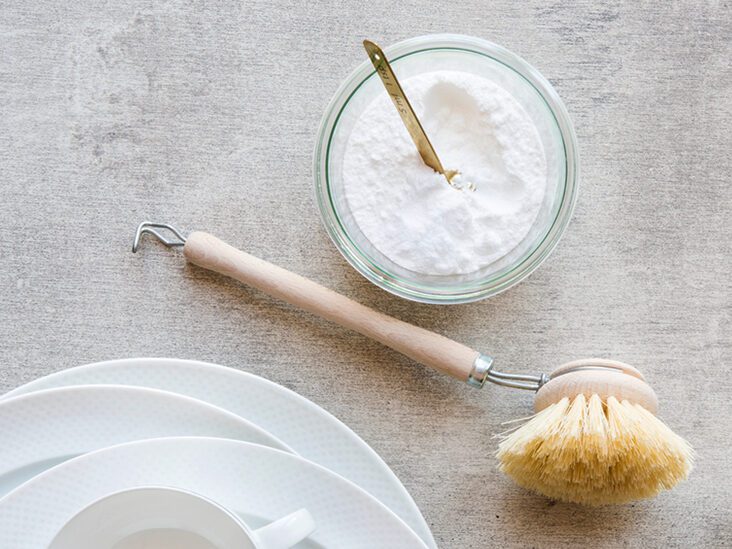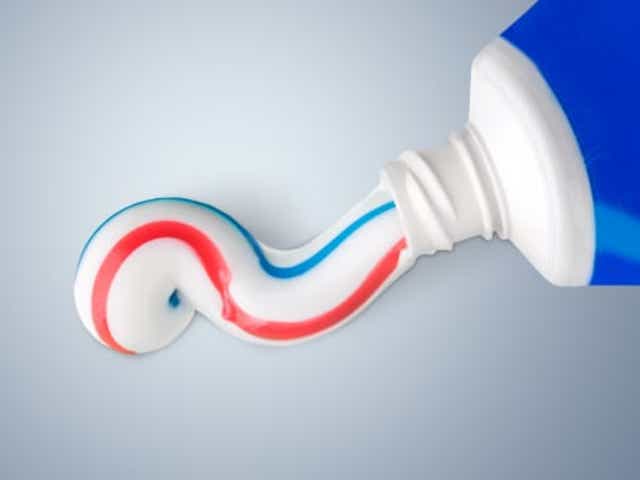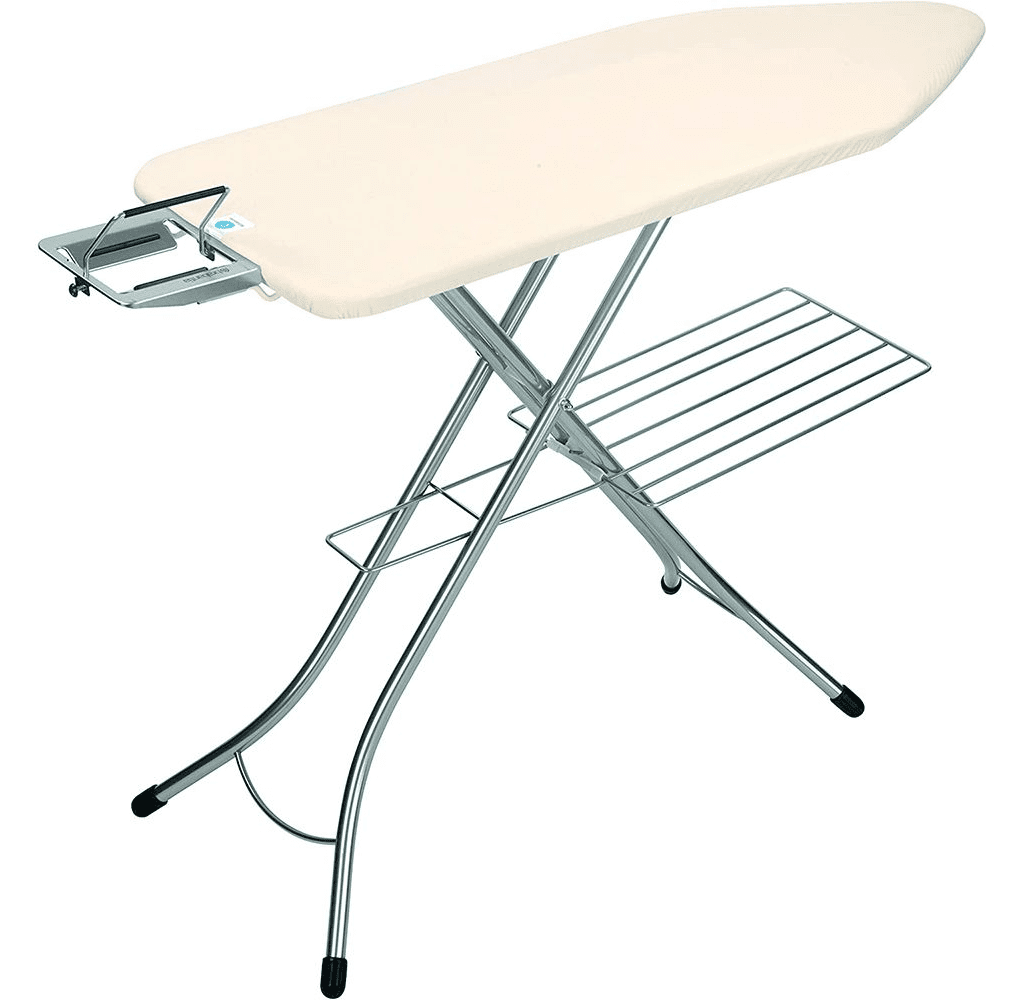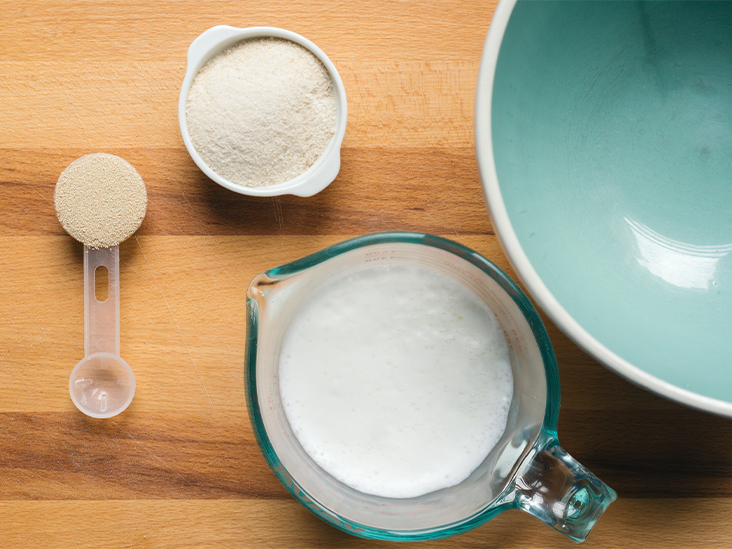
Maintain a Clean and Organized Garage in Manchester -Tips
Your garage is more than just a place to park your car; it serves as a storage area for tools, equipment, and other household items. However, without proper organization, it can quickly become a cluttered mess, making it difficult to find what you need when you need it. In this comprehensive guide, we will provide you with valuable tips and strategies to maintain a clean and organized garage in Manchester. By implementing these ideas, you’ll not only create a functional space but also enhance the overall aesthetics of your garage.
1. Declutter and Sort:

The first step in achieving a clean and organized garage is to declutter and sort through your belongings. Begin by categorizing items into three groups: keep, donate/sell, and discard. Dispose of any broken or unused items, and consider selling or donating things you no longer need. This process will help free up valuable space and create a clutter-free environment. As you go through each item, ask yourself if it’s something you genuinely need or use regularly. Be honest with yourself and let go of items that no longer serve a purpose.
2. Optimize Storage Solutions:
Investing in smart storage solutions is crucial to making the most of your garage space. Utilize vertical storage by installing shelves or cabinets along the walls. Clear plastic bins with labels can help keep items visible and easily accessible. Group similar items together, such as gardening tools, automotive supplies, and sports equipment.
Utilize overhead storage racks for seldom-used items like seasonal decorations or camping gear. Consider utilizing pegboards to hang frequently used tools, maximizing accessibility and minimizing clutter. Magnetic strips or tool organizers can also be useful for keeping small metal tools within reach.
3. Create Dedicated Zones:
Designate specific areas in your garage for different purposes. Create a zone for gardening tools, sports equipment, automotive supplies, and household maintenance items. Clearly mark each area using labels or signage, making it easier to find and return items to their designated spaces.
For example, you can have a designated corner for your gardening tools with a pegboard for hanging tools, a shelf for pots and planters, and a bin for gardening gloves and supplies. By having dedicated zones, you’ll eliminate confusion and maintain organization.
4. Implement Regular Cleaning Routines:

Set aside time on a regular basis to clean your garage. Sweep the floor to remove dirt and debris, and consider using a pressure washer for a deep clean. Wipe down shelves, cabinets, and surfaces to prevent dust buildup.
Regular cleaning not only keeps your garage looking tidy but also helps prevent pests from invading your space. Inspect for any signs of water leaks or damage and address them promptly to avoid further issues. Additionally, consider installing proper ventilation to prevent moisture buildup and keep the air fresh in your garage.
5. Utilize Hooks and Hangers:
Make use of hooks and hangers to keep frequently used items within reach. Hang bicycles, ladders, and garden hoses on wall hooks to free up floor space. Install a pegboard or magnetic strip for organizing small hand tools like screwdrivers and wrenches.
Utilize sturdy hooks for hanging power tools or larger equipment. By utilizing these storage solutions, you’ll maximize space and keep your garage well-organized. Consider investing in adjustable shelving or modular storage systems that can be easily customized to fit your specific needs.
6. Maintain a Maintenance Schedule:
Regular maintenance is essential for keeping your garage clean and organized. Inspect your garage for any signs of damage or wear, such as cracks in the floor or leaks in the ceiling. Address these issues promptly to prevent further damage. Additionally, check your stored items periodically to ensure they remain in good condition and discard any damaged or expired products.
Create a maintenance schedule to remind yourself of regular tasks such as checking the garage door for proper operation, lubricating hinges and tracks, and replacing light bulbs as needed. By staying proactive with maintenance, you’ll keep your garage in optimal condition.
7. Enhance Lighting:
A well-lit garage not only improves visibility but also creates a more inviting and functional space. Assess the current lighting situation in your garage and consider making improvements. Add additional light fixtures or upgrade to brighter, energy-efficient LED bulbs.
Ensure that key areas such as workbenches and storage zones have sufficient lighting. Install motion-sensor lights near the garage entrance for convenience and security. Adequate lighting will not only make it easier to find items but also enhance safety when working in the garage.
8. Establish a Cleaning and Organizing Routine:
Maintaining a clean and organized garage requires consistency. Establish a cleaning and organizing routine that fits your schedule. Set aside dedicated time each month or season to declutter, clean, and reorganize your garage.
Make it a family or household task, involving everyone to ensure everyone understands the organization system and contributes to its maintenance. Regularly reassess the organization system and make adjustments as needed to accommodate any changes in your storage needs. not only take it clean but also clean your washing machine.
9. Label and Inventory:
Labeling is a simple yet effective way to maintain an organized garage. Use labels or tags on bins, shelves, and cabinets to clearly identify the contents inside. This makes it easier to find specific items and encourages everyone in the household to return things to their proper places. Additionally, consider creating an inventory list of the items stored in your garage.
This can be a digital spreadsheet or a physical notebook where you note down the contents of each box or storage container. Having an inventory will help you keep track of your belongings and prevent unnecessary purchases.
Conclusion:
With these comprehensive tips and strategies, you have all the tools you need to maintain a clean and organized garage in Manchester. Remember, it’s a gradual process, so don’t get overwhelmed. Start by decluttering, optimizing storage solutions, creating dedicated zones, implementing regular cleaning routines, utilizing hooks and hangers, maintaining a maintenance schedule, enhancing lighting, establishing a cleaning and organizing routine, and labeling and inventorying your items.
By incorporating these practices into your garage maintenance routine, you’ll enjoy a functional and clutter-free space that adds value to your home and makes everyday tasks more efficient. Take the first step today and transform your garage into an organized oasis.
FAQS
A clean and organized garage is not only aesthetically pleasing but also functional. It allows you to find items easily, protects your belongings from damage, and can even increase the resale value of your home.
It depends on your usage, but a good rule of thumb is to perform a thorough cleaning and organization at least once a year. Regular maintenance and decluttering can be done quarterly or as needed.
Consider donating, recycling, or selling items that you no longer use or need. Properly dispose of hazardous materials at designated facilities.
You may need storage shelves, bins, hooks, pegboards, labels, a broom, mop, vacuum cleaner, and cleaning supplies.
Seal any cracks or gaps, keep food items in airtight containers, and consider using pest control measures like traps or repellents.
Store hazardous materials in their original containers and on sturdy shelves away from direct sunlight, heat sources, or open flames. Follow local regulations for safe storage.





















































